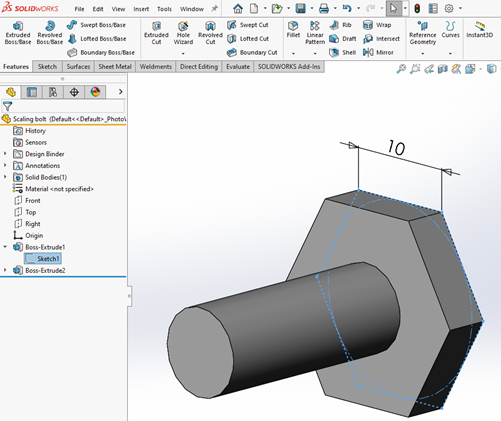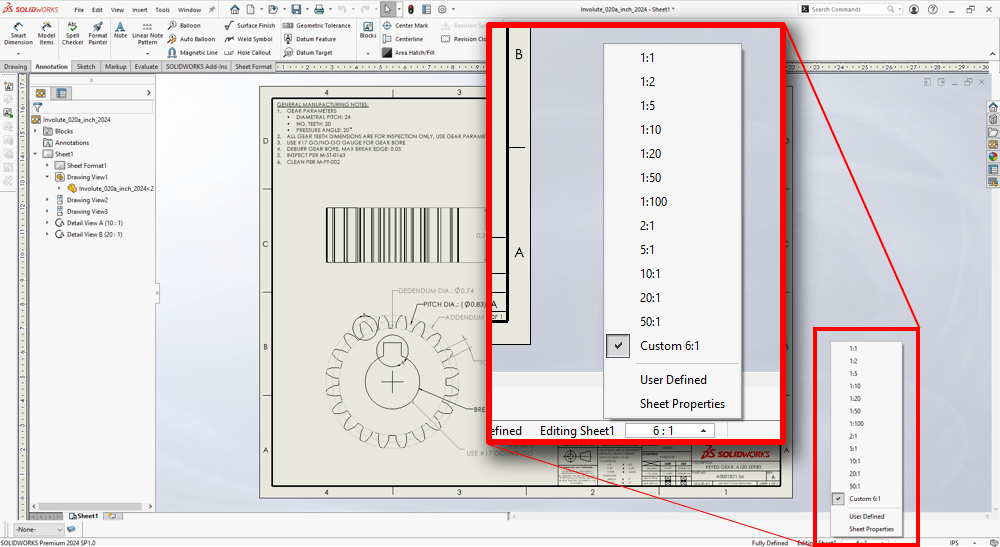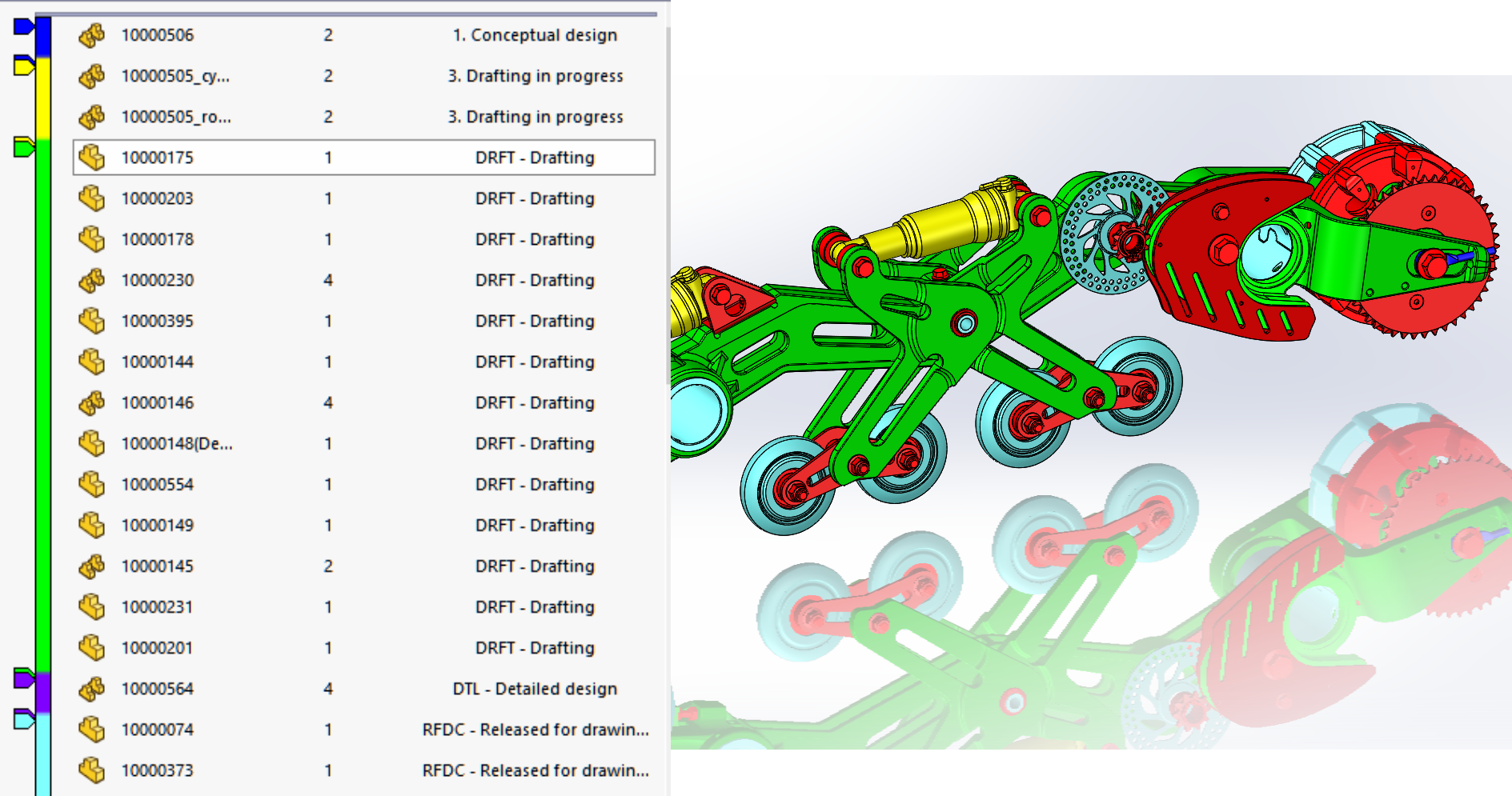Ever feel like your SolidWorks assembly is getting a bit...crowded? Like trying to host a party in a phone booth? Scaling up doesn't have to be a headache. In fact, it can be surprisingly fun!
Taming the Beast: Configurations to the Rescue
Let's talk configurations. Think of them as alternate realities for your parts and assemblies. They let you create different versions without making completely separate files. It's like having a superpower!
Imagine a chair. You could have a configuration with arms, one without, a fancy executive version, and a simple student model. All in one file! That's the magic of configurations.
You get to decide which parts show up, how they look, and even their dimensions. Configurations keep your file size manageable. Plus, it streamlines your design process.
Getting Friendly with Design Tables
Want to take your configurations to the next level? Enter: Design Tables. These are basically Excel spreadsheets that control your configurations. Seriously, it's like having a design command center!
You can link dimensions, features, and materials to cells in the table. Change a value, and BOOM! Your part or assembly updates automatically. It's like programming your design!
No more manually tweaking each configuration. Design tables are the secret weapon for handling complex product families. Get ready to feel like a design wizard.
Patterns: Your Assembly Line in SolidWorks
Need a whole bunch of the same part arranged neatly? Patterns are your best friend! They let you duplicate components along a line, around a circle, or based on a sketch.
Think of creating a grille on a speaker or arranging solar panels on a roof. Doing this manually would be a total nightmare. Patterns automate the process, saving you tons of time and frustration.
You can adjust the spacing and number of instances with just a few clicks. It's like having an assembly line right inside SolidWorks. Now you can build an army of widgets with ease!
Lightweight Mode: Because Your Computer Deserves a Break
Big assemblies can be taxing on your system. That's where Lightweight Mode comes in. It loads only the essential information about each part.
No need to load every single detail upfront. This dramatically speeds up assembly loading and rebuild times. It's like giving your computer a much-needed vacation.
You can still see the parts, mate them, and work with the assembly. But SolidWorks isn't bogging down your system with unnecessary data. It's all about efficiency!
Subassemblies: Organize and Conquer!
Break down your giant assembly into smaller, more manageable chunks! Use subassemblies to group related parts together. Think of it like organizing your sock drawer – but for CAD data.
For example, you could have a subassembly for the engine in a car or the suspension system. This makes it easier to navigate and modify your design. Plus, it can improve performance.
Each subassembly can be worked on independently. This is perfect for collaborative projects. Time to conquer that CAD beast!
Level Up Your SolidWorks Game
Scaling assemblies in SolidWorks isn't about just making things bigger. It's about clever organization, smart automation, and efficient workflows. It's about making the process enjoyable!
So, dive in! Experiment with configurations, design tables, and patterns. You might just surprise yourself with what you can create. Your design possibilities are endless.
Explore the power of lightweight mode and subassemblies. Before you know it, you'll be scaling up your assemblies like a pro. Get ready to unleash your inner CAD master!


























